Pier Fishing Paradise: Best Coastal Piers for Anglers
Fishing from piers offers a unique blend of accessibility, community, and productive angling that few other fishing environments can match. These structures extend anglers’ reach into deeper waters without the need for a boat, democratizing the sport for enthusiasts of all ages and experience levels. Coastal piers in particular have developed their own distinct culture—a harmonious gathering of dedicated regulars sharing tips, celebrating catches, and enjoying the therapeutic rhythm of casting and retrieving against the backdrop of ocean waves.
Whether you’re a seasoned angler or someone looking to experience the joy of landing your first fish, the following coastal piers represent some of the finest fishing platforms across America’s shorelines, each offering its own unique combination of abundant marine life, adequate facilities, and breathtaking views.
Navarre Beach Fishing Pier, Florida
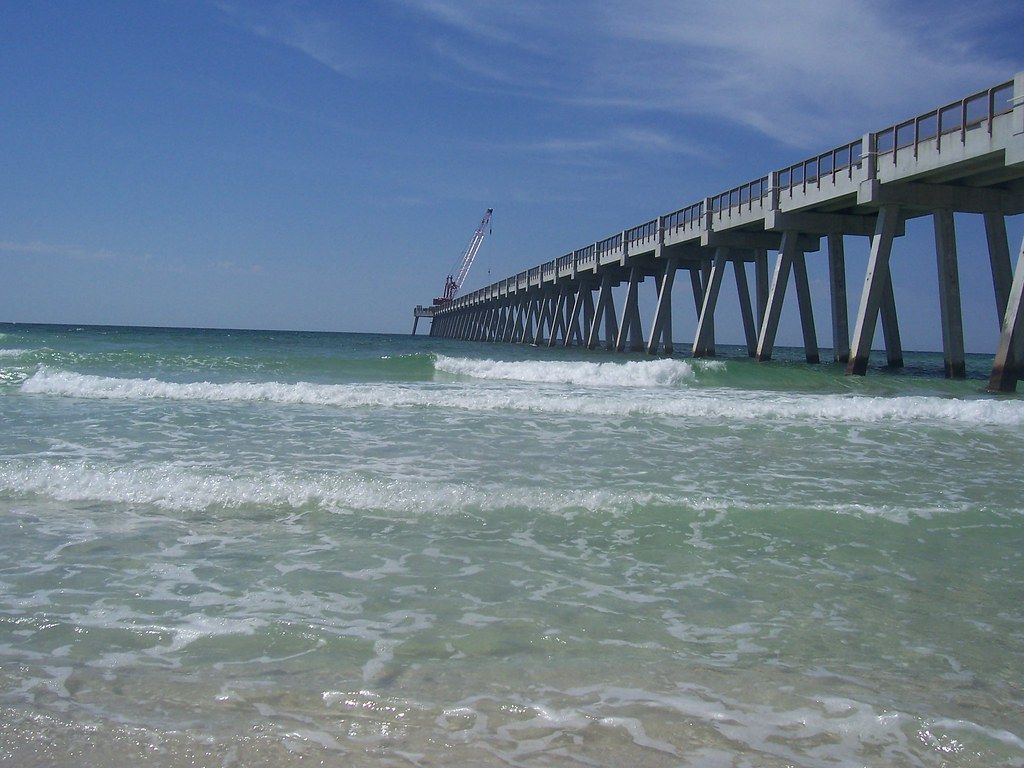
Stretching 1,545 feet into the emerald waters of the Gulf of Mexico, Navarre Beach Fishing Pier holds the distinction of being the longest fishing pier in Florida and the Gulf of Mexico. This impressive structure provides anglers with access to multiple fishing zones, from the nearshore areas where pompano and whiting cruise to the deeper sections where king mackerel, cobia, and even sailfish make occasional appearances. The pier features cleaning stations, a well-stocked bait and tackle shop, and knowledgeable staff who can provide insights about seasonal patterns and productive techniques.
What truly sets Navarre apart is its location within the migratory paths of numerous Gulf species, creating opportunities for truly epic fishing days when schools of fish move through the area.
Jennette’s Pier, North Carolina
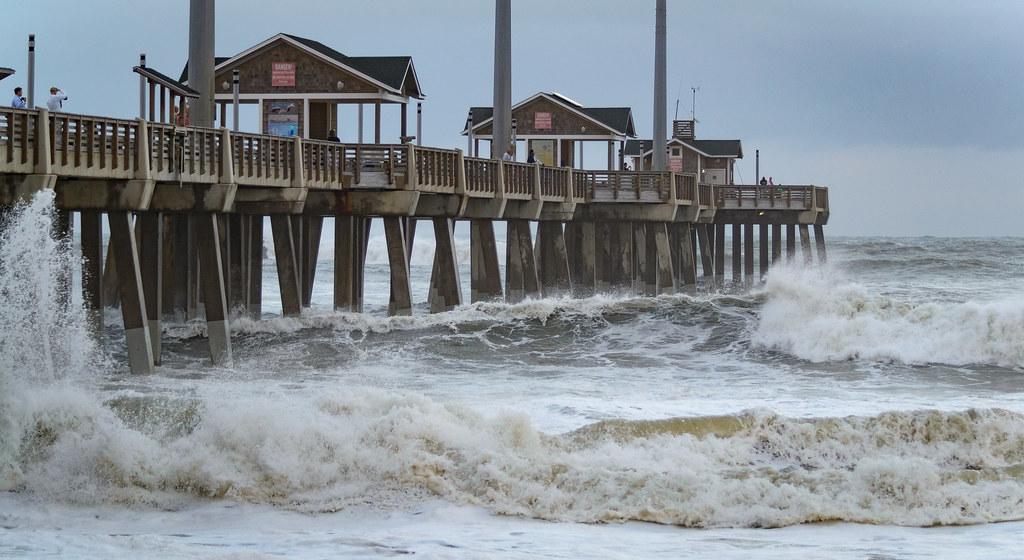
Representing the perfect marriage of modern amenities and productive fishing, Jennette’s Pier in Nags Head stands as a concrete testament to sustainable pier design. This 1,000-foot structure is built to withstand hurricane-force winds and features three wind turbines that help power its educational facilities. Anglers visiting Jennette’s can target everything from Spanish mackerel and bluefish to red drum and flounder, with the pier’s location along the Outer Banks positioning it perfectly to intercept seasonal migrations.
The pier’s association with the North Carolina Aquarium system means it offers educational programming alongside its fishing opportunities, making it ideal for families looking to combine recreation with learning. The concrete construction minimizes movement underfoot, providing a stable platform even during busy periods when dozens of anglers line the railings.
Santa Monica Pier, California

Iconic doesn’t begin to describe Santa Monica Pier, a structure that has embedded itself in American pop culture while continuing to serve as a productive fishing destination. Unlike piers dedicated solely to angling, Santa Monica offers a carnival atmosphere with its Pacific Park amusement area, creating a unique environment where fishing happens alongside roller coaster rides and ferris wheel rotations. The fishing itself focuses on typical Southern California species including mackerel, perch, halibut, and the occasional white seabass.
What makes Santa Monica special is its accessibility—anglers without California fishing licenses can fish legally from the pier, and rental equipment is readily available for visitors without gear. The juxtaposition of serious anglers and curious tourists creates a welcoming atmosphere where fishing knowledge is freely shared.
Galveston Fishing Pier, Texas
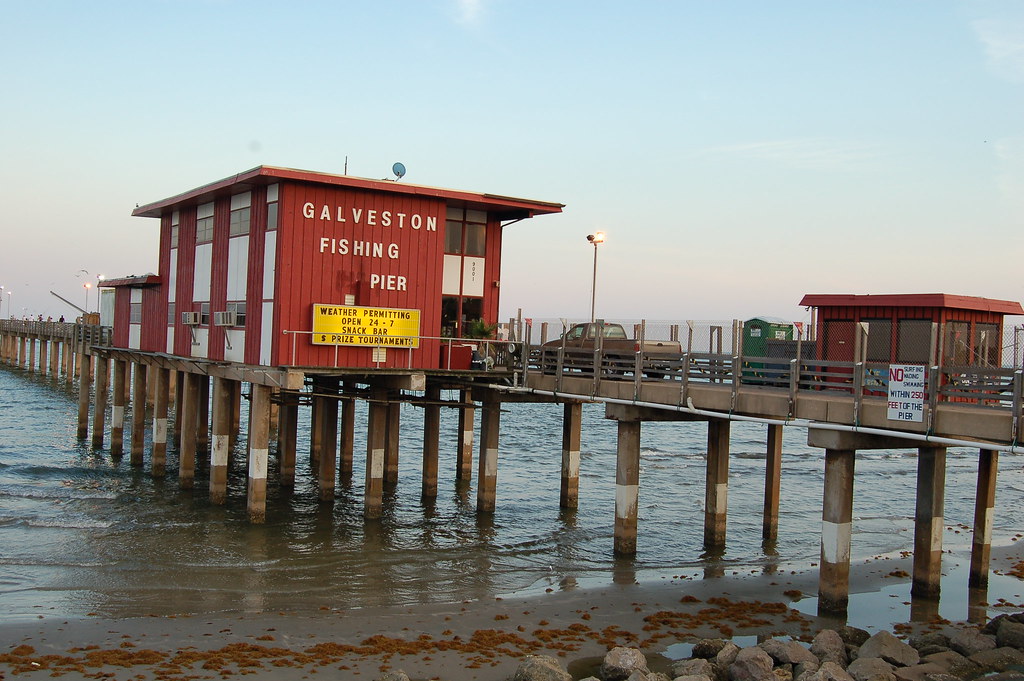
Rising from the waters of the Gulf of Mexico after being rebuilt following Hurricane Ike, Galveston Fishing Pier represents Gulf Coast fishing resilience at its finest. This T-shaped structure extends 1,100 feet from the seawall and provides anglers with access to the productive waters where speckled trout, redfish, black drum, and sheepshead congregate. The pier’s 24/7 operation during peak season acknowledges an essential truth about Gulf fishing—some of the best action happens at night when predatory species move into the illuminated areas around the pier to feed.
The pier’s concession area serves surprisingly good food, allowing anglers to refuel without abandoning their rods. Perhaps most notably, Galveston Pier maintains a vibrant community of regulars who welcome newcomers with advice tailored to current conditions.
Pier 60, Clearwater Beach, Florida
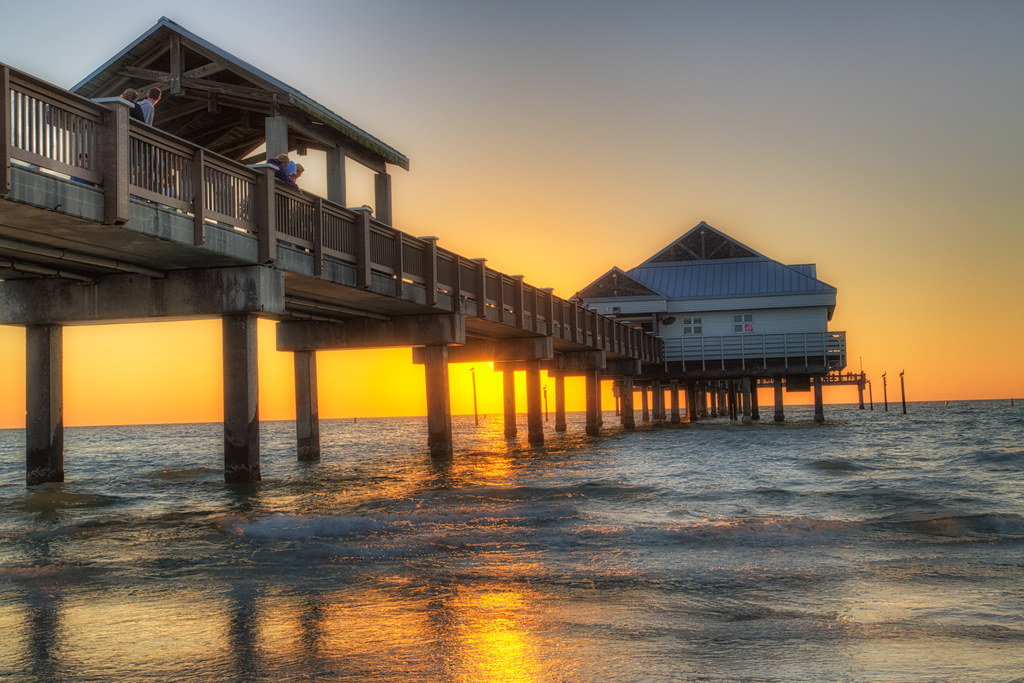
Few fishing locations can match the sunset views from Pier 60, where daily celebrations of the day’s end create a festival atmosphere that complements the excellent angling opportunities. The 1,080-foot structure extends into the clear waters that give Clearwater its name, providing habitat for a variety of species including Spanish mackerel, snook, tarpon, and the occasional shark. What distinguishes Pier 60 is its integration into the broader beach experience—anglers can take breaks to browse the wares of local artisans who set up nightly displays, or enjoy scheduled street performances that entertain visitors.
The bait shop offers both live and frozen options, while the staff keeps a running log of recent catches to help visitors target what’s currently biting. The pier’s location near the mouth of Tampa Bay positions it perfectly to intercept fish moving between the Gulf and the protected bay waters.
Pacifica Municipal Pier, California

Curved like a fisherman’s hook into the Pacific Ocean, Pacifica Pier has earned its reputation as one of the premier salmon fishing destinations accessible without a boat. During salmon season, this 1,140-foot structure draws anglers from throughout Northern California hoping to intercept king salmon as they return to nearby streams. Even outside salmon season, the pier produces impressive catches of striped bass, halibut, and the seasonal dungeness crab that prompt special visits from dedicated crabbers. What makes
Pacifica special is its relationship with the elements—fog frequently envelops the pier, creating an otherworldly fishing experience where anglers cast into misty waters with the sounds of crashing waves providing a constant soundtrack. The L-shaped design offers protection from prevailing winds and creates distinct fishing zones targeting different habitats.
Okaloosa Island Fishing Pier, Florida
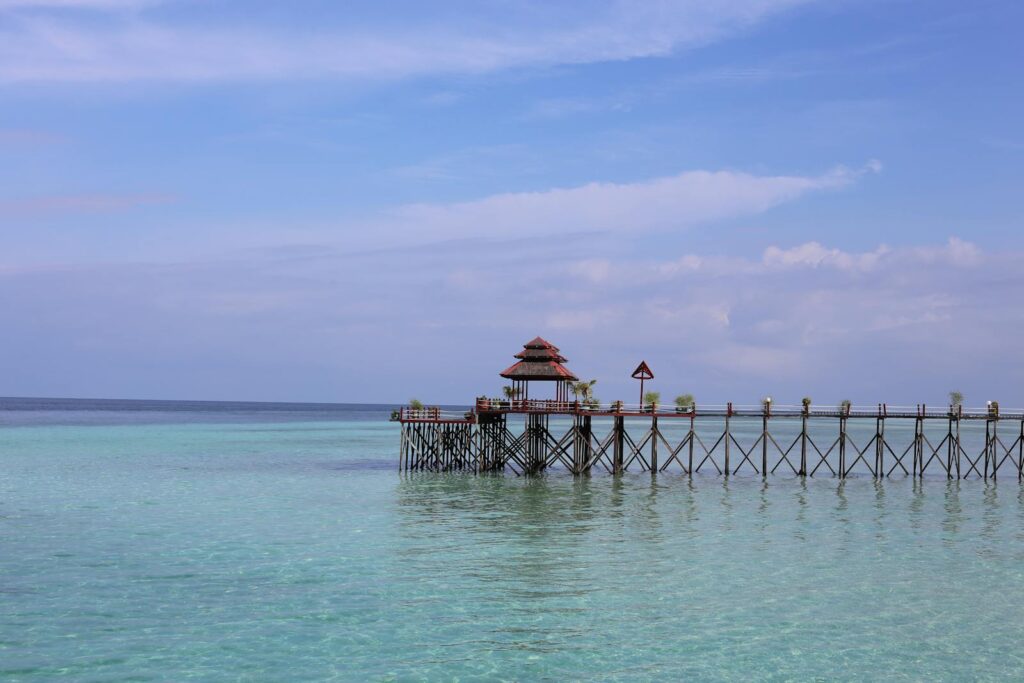
The crystal-clear waters beneath Okaloosa Island Pier create an unusually transparent fishing environment where anglers can often spot their quarry before casting. This 1,262-foot structure extends from Florida’s Emerald Coast into the Gulf of Mexico, providing access to migratory pelagic species like king mackerel, Spanish mackerel, and cobia, as well as resident population of redfish, flounder, and pompano. The pier features a notable “no-gaff” policy for certain species, promoting conservation ethics while still allowing for excellent harvest opportunities of appropriate targets.
One of Okaloosa’s distinct features is the underwater camera system that broadcasts live feeds to monitors in the pier house, allowing anglers to see what’s happening beneath the surface in real-time. The surrounding Fort Walton Beach area offers abundant accommodation options, making this an ideal destination for fishing-focused vacations.
Skyway Fishing Pier State Park, Florida
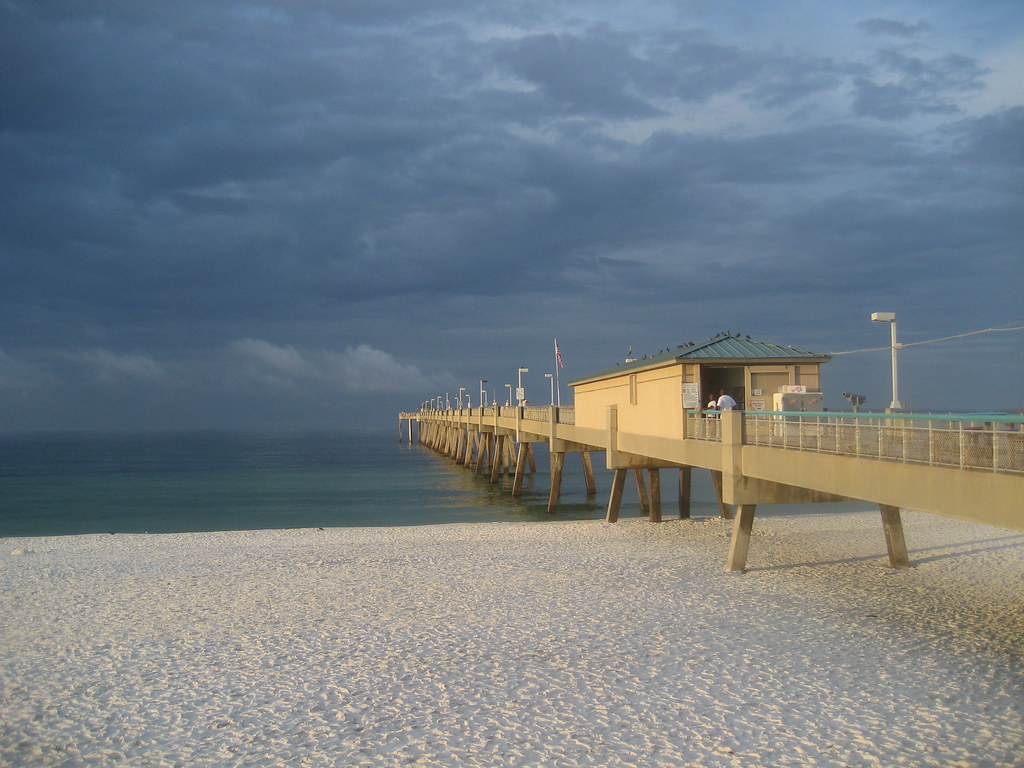
Created from the remnants of the old Sunshine Skyway Bridge, this repurposed structure represents one of the most innovative fishing piers in America. Stretching over two miles across Tampa Bay, these twin piers (one on each side of the current bridge) provide unprecedented access to deep-water fishing without a boat. The unique structure allows anglers to fish in waters up to 50 feet deep—depths rarely accessible from shore—creating opportunities to target grouper, tarpon, cobia, and shark.
What makes Skyway truly special is its 24/7 accessibility and its massive scale, which prevents the overcrowding common on more compact piers. The pier’s location at the mouth of Tampa Bay positions it perfectly to intercept fish moving between the Gulf of Mexico and the protected waters of the bay, creating diverse fishing opportunities throughout the year.
Ventura Pier, California

History and productivity combine at Ventura Pier, one of California’s oldest wooden piers and a structure that has withstood the Pacific’s power since 1872. Though shorter than its original 1,958-foot length, today’s 1,700-foot pier provides access to the rich marine ecosystem where the Santa Clara River meets the Pacific Ocean. Anglers target halibut, bass, perch, and the occasional thresher shark, with seasonal runs of mackerel creating frenzied action when massive schools move through.
What distinguishes Ventura is its connection to the charming downtown area, allowing anglers to combine fishing trips with exploration of local restaurants, shops, and the historic mission. The pier’s wooden construction creates distinctive vibrations and sounds as waves pass beneath, connecting modern anglers to generations of predecessors who have fished these same waters.
Folly Beach Pier, South Carolina

Recently rebuilt with concrete and composite materials, the new Folly Beach Pier extends 1,049 feet into the Atlantic Ocean while honoring the legacy of its wooden predecessor that served anglers for decades. This Charleston-area landmark provides access to a variety of Atlantic species including flounder, red drum, black drum, sheepshead, and various sharks. The pier’s diamond-shaped end creates diverse fishing zones and provides space for casting without interference from neighboring anglers. What makes Folly Beach special is its location within the rich ecological system influenced by nearby tidal creeks and marshes, creating a mixing zone where diverse species congregate.
The pier’s tackle shop offers not just bait and equipment but also maintains detailed catch records that help anglers understand seasonal patterns and productive techniques for this specific location.
Ocean Beach Pier, San Diego, California
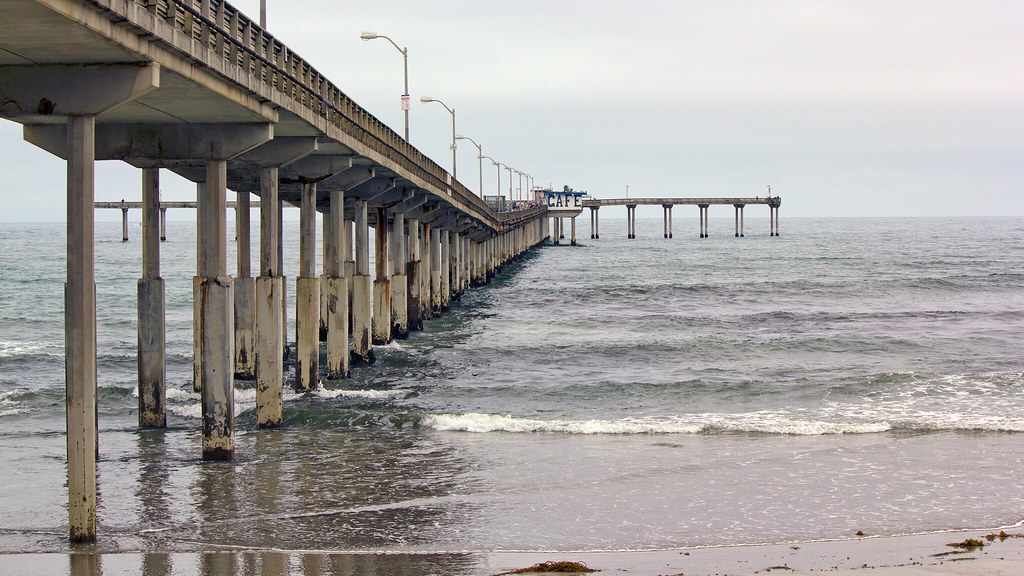
Extending in a T-shape more than 1,970 feet into the Pacific, Ocean Beach Pier ranks among California’s longest concrete piers and offers diverse fishing opportunities just minutes from downtown San Diego. The structure’s unique configuration creates distinct fishing zones, with the stem of the T providing access to sandy-bottom species like croaker and corbina, while the crossbar intercepts rocky-bottom dwellers like bass and perch. What distinguishes Ocean Beach is its remarkable accessibility—it’s served by public transportation, requires no fishing license, and offers equipment rentals for visitors who arrive empty-handed.
The pier’s café serves excellent fish tacos, allowing anglers to enjoy local seafood even when their own catches prove elusive. The location near the entrance to San Diego Bay positions it to intercept both resident and migratory species throughout the year.
Sunshine Pier, St. Petersburg, Florida
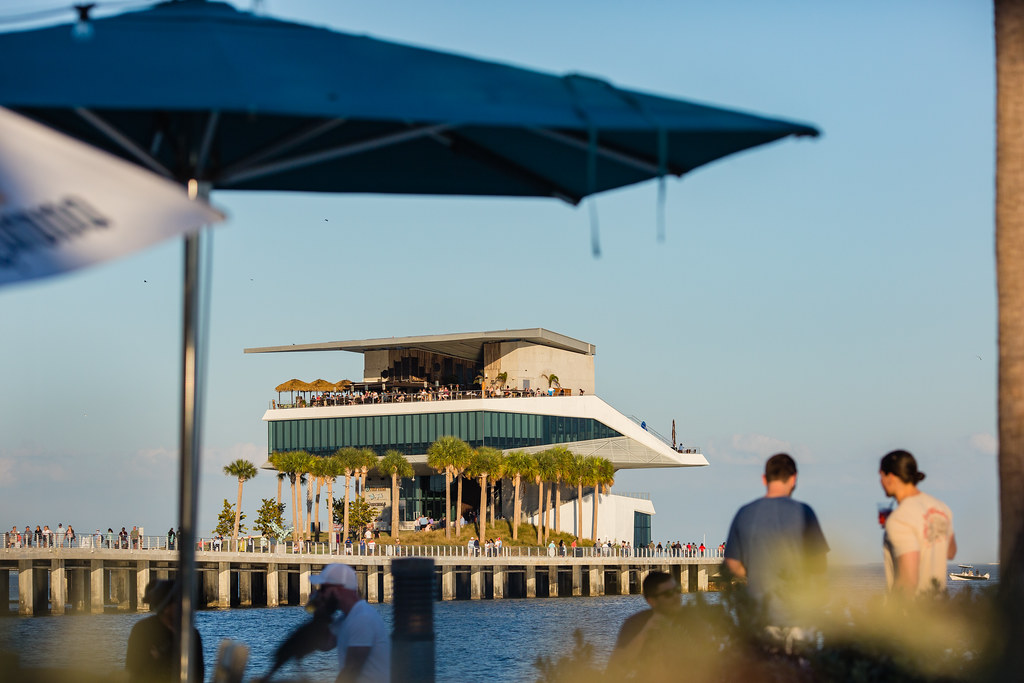
The historic St. Petersburg Pier has undergone multiple transformations throughout its existence, with the latest iteration, known affectionately as the “Sunshine Pier,” combining modern design with expanded fishing access. Extending 1,380 feet into Tampa Bay, this multifunctional structure incorporates designated fishing platforms alongside public art installations, restaurants, and educational exhibits about the bay ecosystem. Anglers target mangrove snapper, sheepshead, grouper, and the occasional tarpon from the dedicated fishing areas that include convenient rod holders and fish-cleaning stations.
What makes Sunshine Pier exceptional is its integration of fishing into the broader visitor experience, acknowledging angling’s cultural significance to the region while introducing the activity to newcomers who might otherwise never pick up a rod. The pier’s location near downtown St. Petersburg allows anglers to combine fishing trips with urban exploration, creating versatile outings that appeal to diverse interests.
Essential Gear for Pier Fishing Success
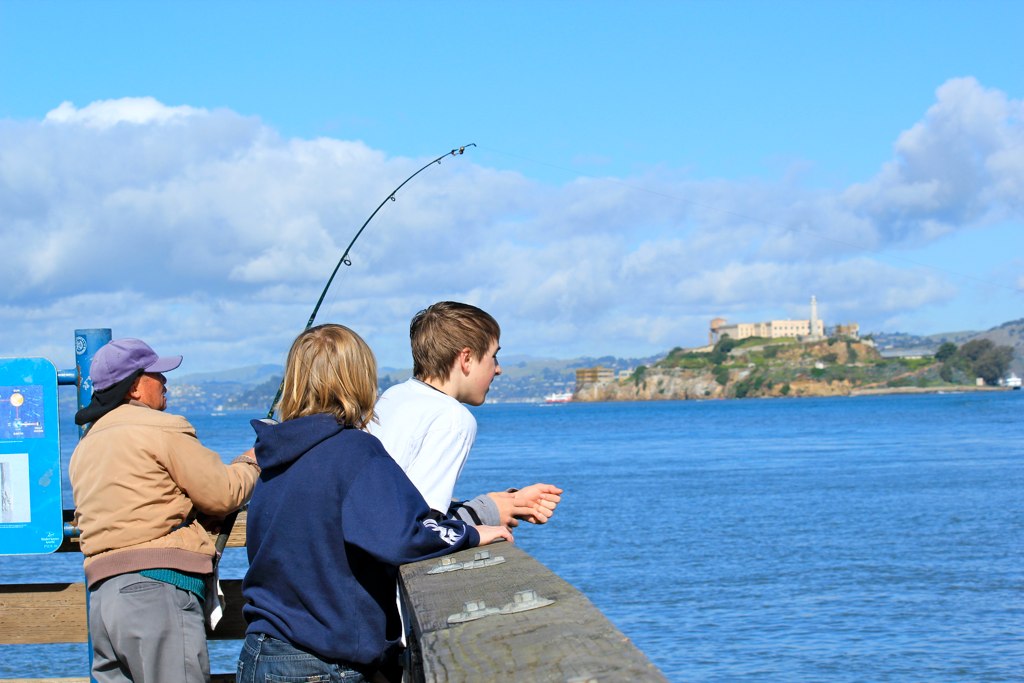
While each pier presents unique challenges and opportunities, certain equipment consistently improves the pier fishing experience regardless of location. A medium-heavy rod in the 7-9 foot range provides the backbone needed to land larger species while offering the length necessary to navigate around pier structures and other anglers. Reels should hold at least 200 yards of line to accommodate the runs of larger species, with many pier veterans preferring spinning reels for their casting versatility. Terminal tackle should include an assortment of circle hooks (which reduce deep-hooking and improve survival rates for released fish), pyramid sinkers that hold position in current, and fluorocarbon leaders that remain nearly invisible in clear water.
Perhaps most importantly, a wheeled cart transforms the often lengthy walk from parking area to fishing position, allowing anglers to transport gear, coolers, and refreshments without exhausting themselves before making their first cast.
Pier Fishing Etiquette and Community
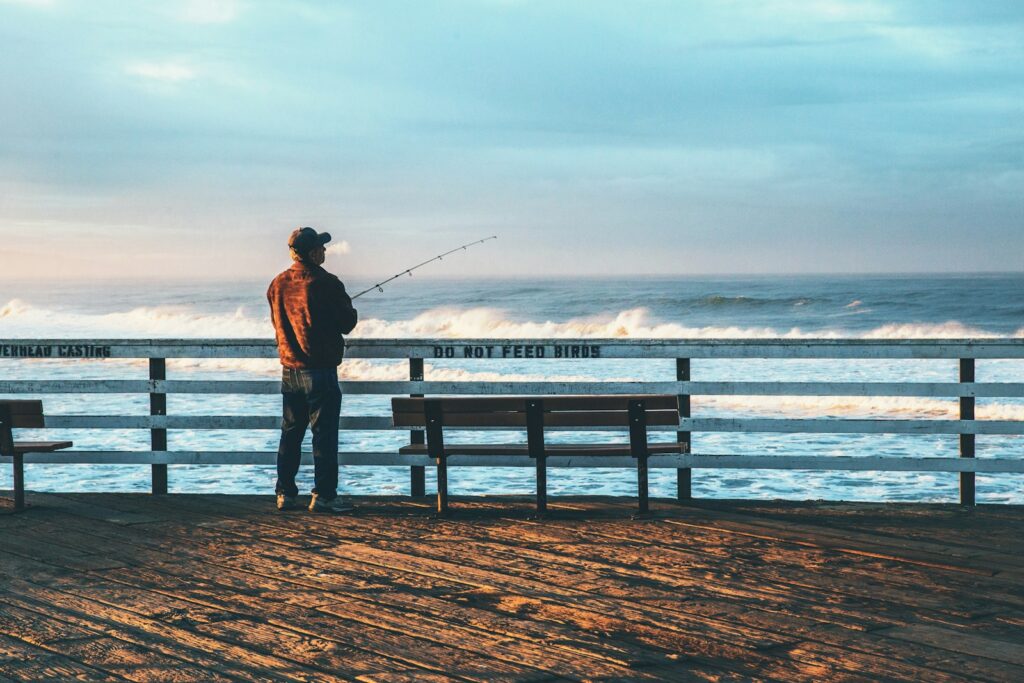
The unique social environment of fishing piers has generated unwritten rules that facilitate harmonious sharing of these linear fishing platforms. Experienced pier anglers understand the importance of maintaining appropriate spacing, particularly when targeting species that require extensive casting. Communication becomes essential when fighting larger fish that may circle the pier, with the expectation that neighboring anglers will temporarily reel in to prevent line tangles. Many piers feature an unspoken mentorship system where veterans willingly share knowledge with newcomers, recognizing that today’s beginner may become tomorrow’s pier regular who continues the tradition.
The diverse community found on public fishing piers often crosses socioeconomic, cultural, and linguistic boundaries, creating unique social environments where the shared passion for fishing transcends differences that might otherwise separate people. This community aspect represents one of pier fishing’s most valuable yet intangible assets.
Conclusion
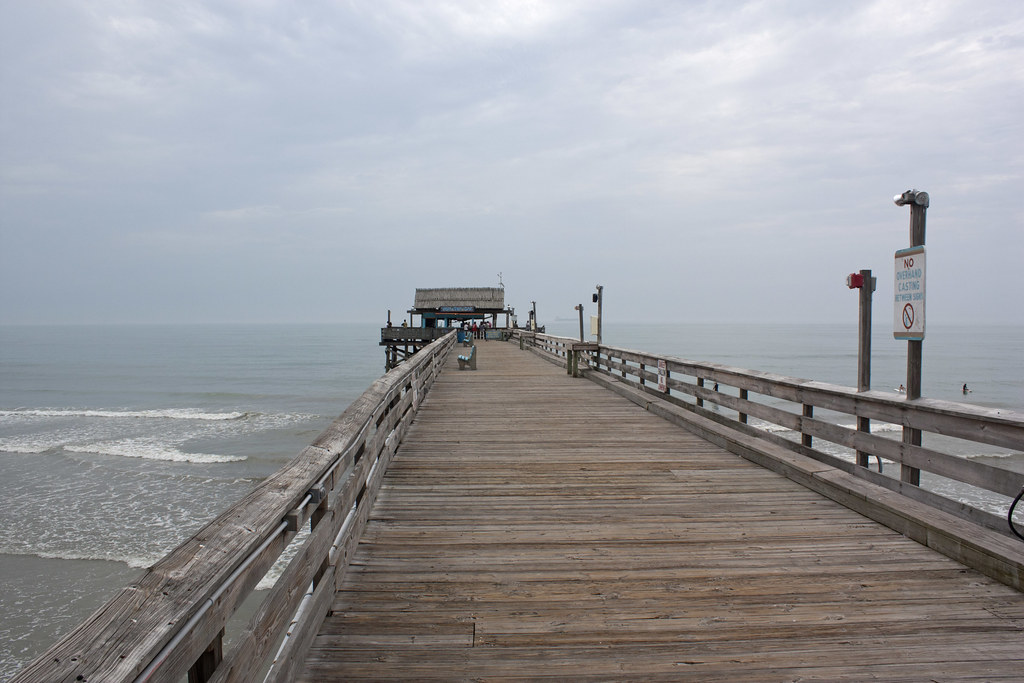
Pier fishing combines accessibility with opportunity, creating fishing experiences available to virtually anyone regardless of physical ability or economic means. Each of these highlighted piers offers its own distinct character while providing the essential elements needed for productive fishing: access to fish-holding structure, adequate depth, and the infrastructure that supports comfortable angling. Whether you’re planning a dedicated fishing vacation or looking to incorporate some angling into broader travel plans, these remarkable structures extend both physically and metaphorically into the waters they span, connecting land-bound humans with the mysterious and productive marine environments just beyond our natural reach.
The next time you find yourself near a coastal pier, consider allocating a few hours to join the community of anglers who have discovered these fishing paradises hiding in plain sight.
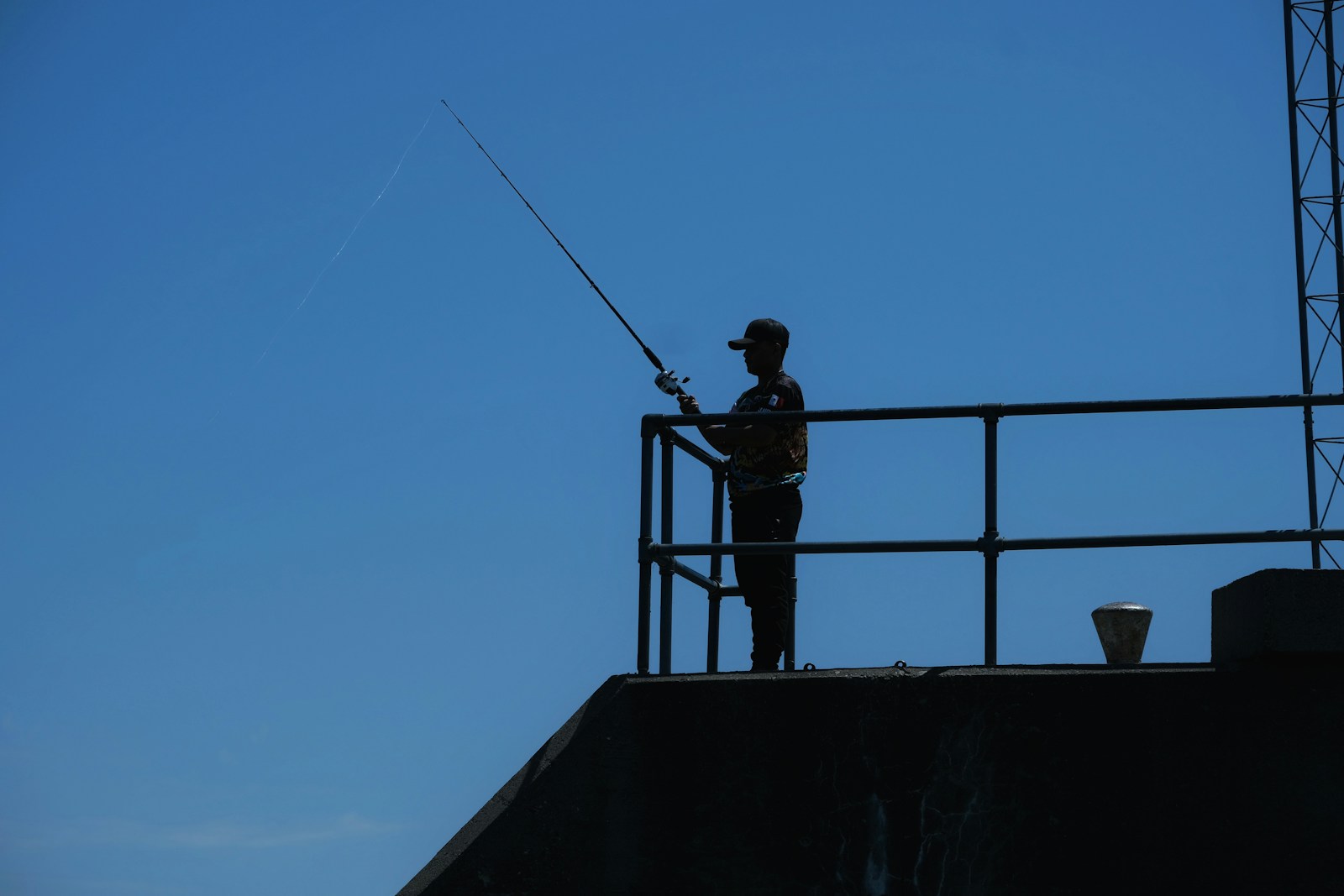
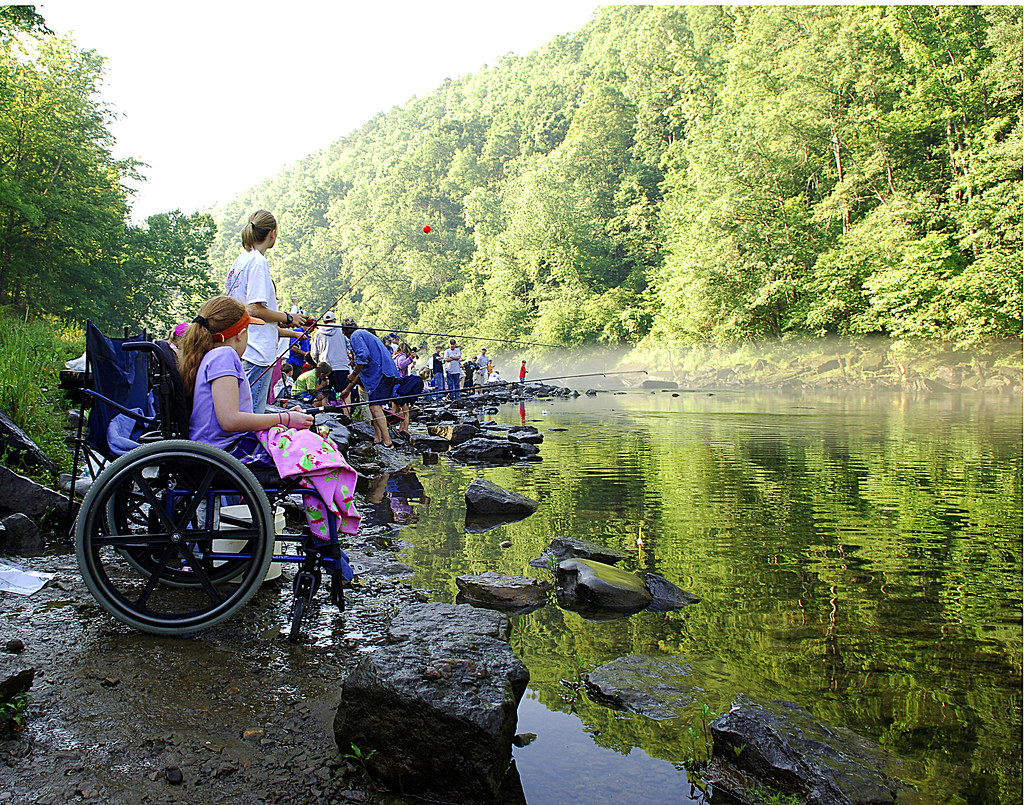
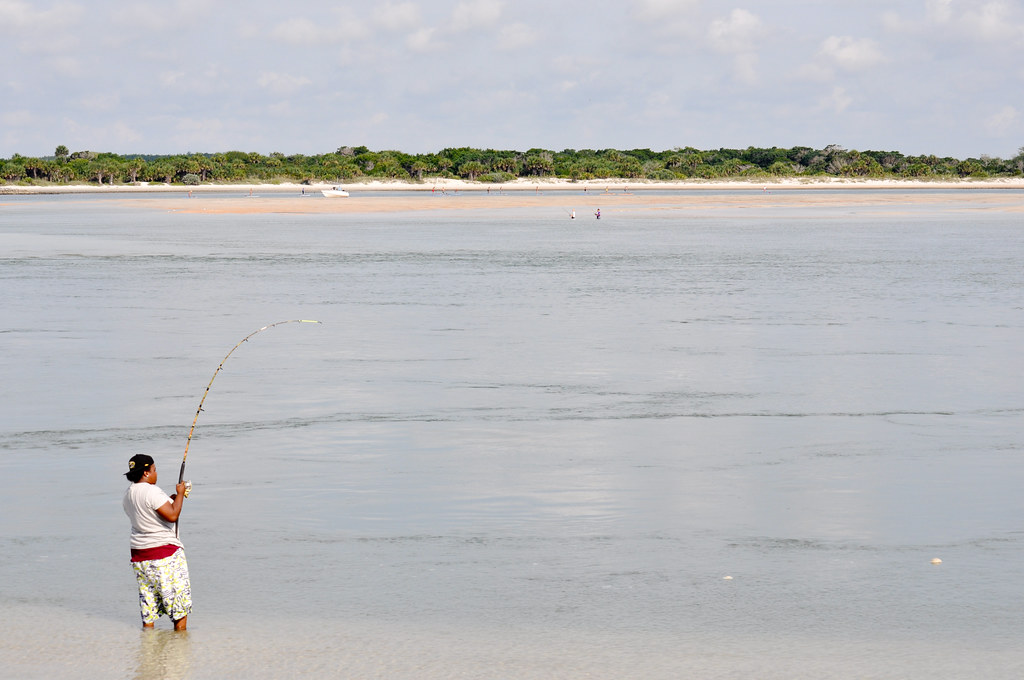











Post Comment